Affiliate links on Android Authority may earn us a commission. Learn more.
Nexus 5X: Why has the 6P's best mate received so much hate?
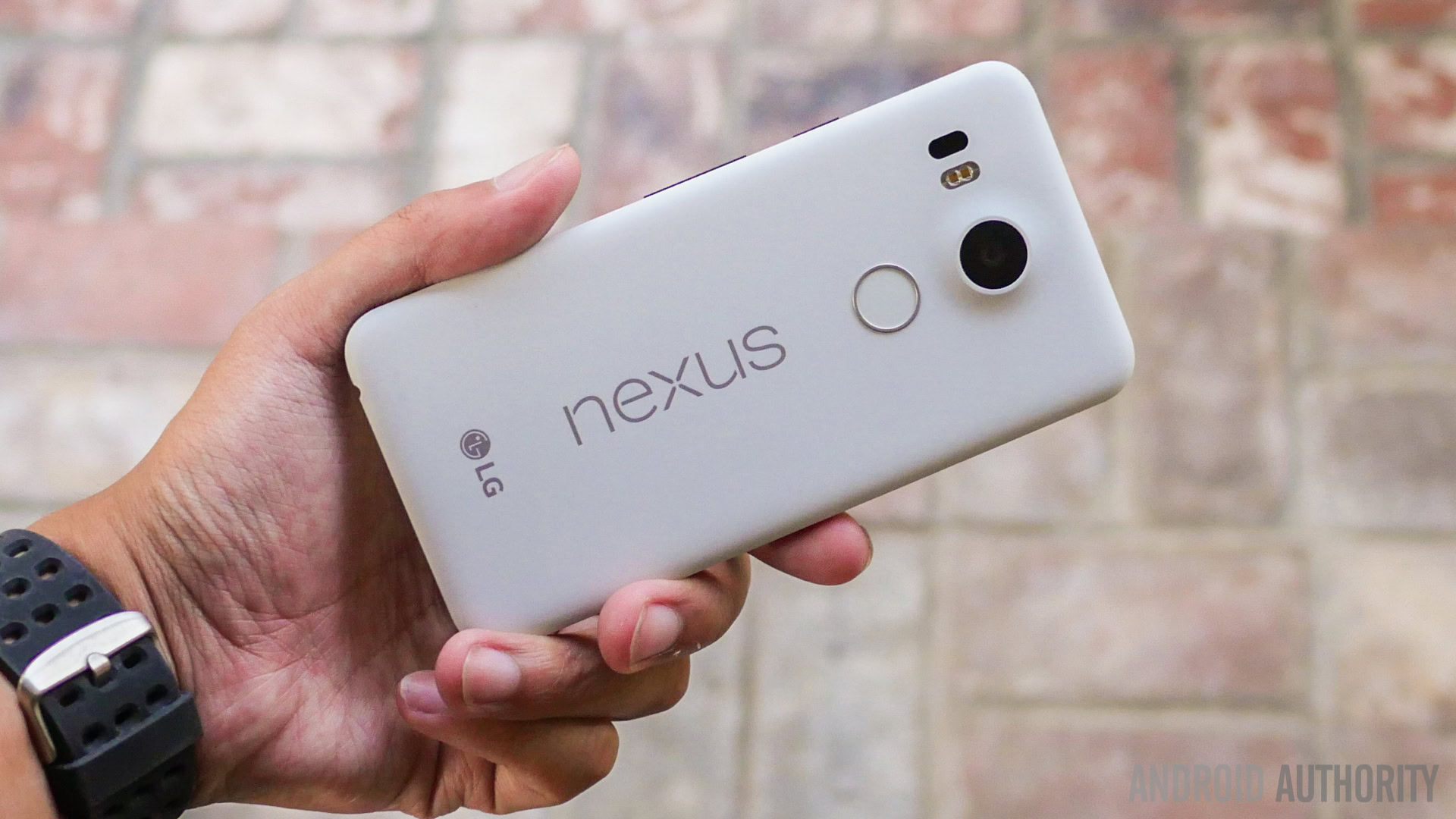
Despite the fact that Google’s Nexus reference hardware has never managed to “chart” when it comes to sales reports and market analysis, there remains a dedicated group within the Android community who swear by the hardware. Created as a reference device by which Android developers and hardware manufacturers can guide their efforts to align with the gravity of Google’s push, they have always found a sweet spot of sorts.
Indeed the basic formula was more-or-less set in stone: announce a new build of Android, and along with it an annual device that features essentially top-of-the-line components in a generally price-conscious package.
This changed last year, however, when Google released not one, but two different Nexus devices. Despite the fact that many had been clamoring for years to see a follow-up to the beloved LG Nexus 5, the company chose to not only do that, but also make a slightly-smaller sequel to its 2014 phablet effort, the Nexus 6. So was born the LG Nexus 5X and the HUAWEI Nexus 6P.
And yet one of these two is clearly not like the other. It is no small stretch to say the smaller of the two, LG’s effort, has been less than favorably received by the general market. This piece will attempt to examine the curious affliction that has stricken the Nexus 5X and determine just what the problem was, is, and potentially could be should Google repeat such a duality again this year.
[related_videos align=”center” type=”custom” videos=”651620,650937,651385,651264″]
The cost of costs
If one begins with the assumption the Nexus 5X is a “flop”, at least when compared to the product that is the Nexus 6P, the question arises as to if the Android community itself has lost interest in the device. The answer is arguably no, not at all. Rather, the real understanding seemingly begins with the price of the device.
A pricing problem
Judging by the sheer number of bargain sales for the Nexus 5X, it would seem that pricing for the Nexus 5X may have been set a bit higher than it should have, or perhaps paradoxically the 6P was too cheap. For many people, the Nexus 5X may be seen as poor value for money. Consider the cost structure as presented in the published post pertaining to the product’s premiere press presence:
The Nexus 5X will start at $379 for the base 16GB model, with the 32GB variant priced at $429.99. The Nexus 6P is obviously a bit more expensive, thanks to its beefier specs and more premium design, with a starting price of just $500 for the 32GB variant. The 64GB model is $549, and the 128GB model with price at $649.
While the starting price in the USA was $379, many people seek at least 32GB of storage, especially as Nexus devices lack any semblance of microSD ports. So assume then, that a potential customer was considering the larger storage option: $429.99. Now compare this to the cheapest variant of the Nexus 6P, also 32GB, which retailed for $500. There is a difference of just $70. Right away there is a major dilemma because of the almost overlapping price point, namely that anyone who would consider buying a 32GB Nexus 5X is seemingly foolish for not opting for the better product.
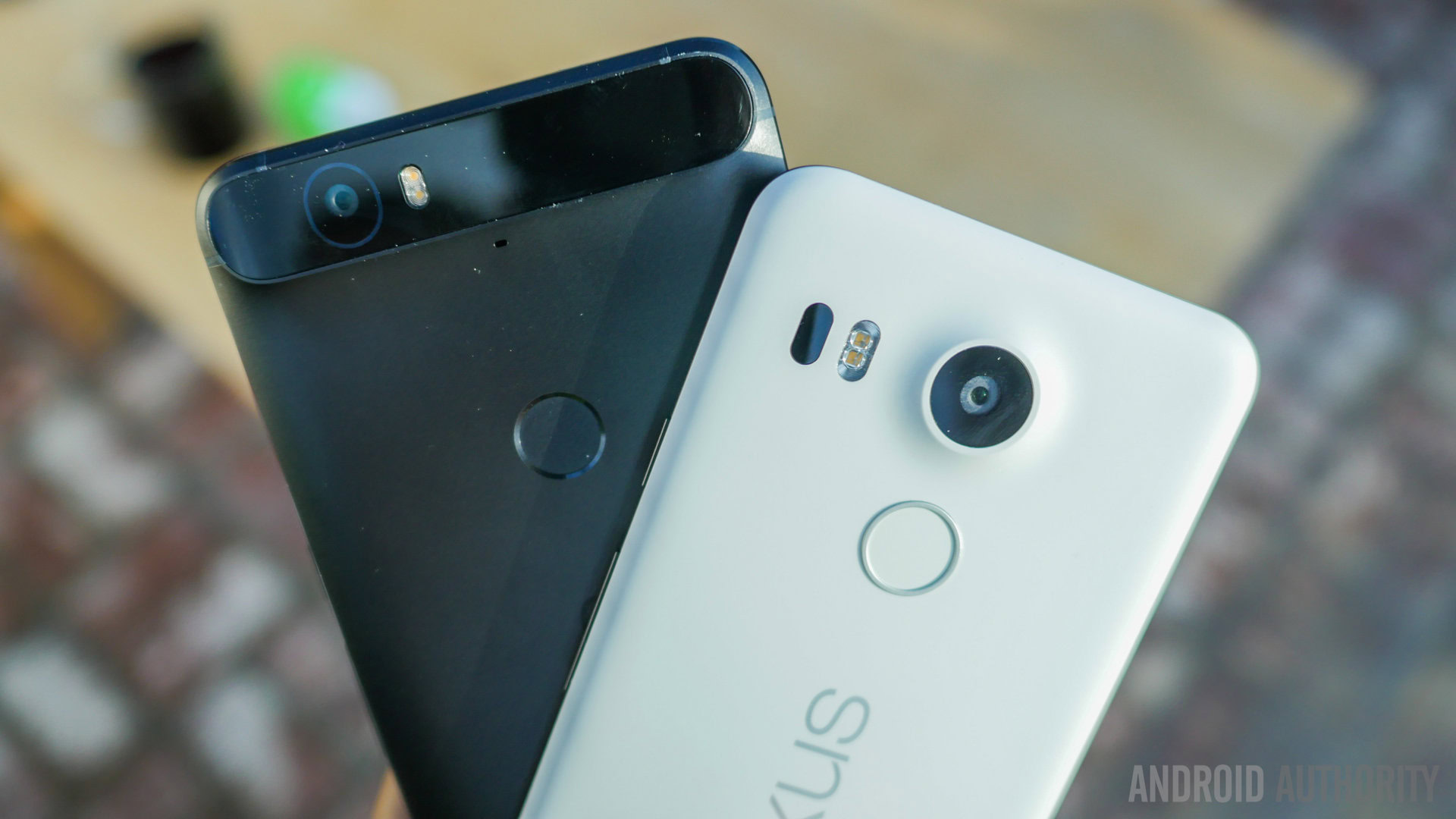
Between the two, the HUAWEI offering has a 5.7-inch QHD AMOLED display which is capable of producing far richer colors and near-infinite contrast levels, it has a premium metal body, it has superior silicon inside thanks to a Qualcomm Snapdragon 810 SoC and 3GB of RAM, and a 3450mAh battery. It also comes in 64 and 128GB storage configurations to boot. Now compare this to the Nexus 5X which has a standard 5.2-inch FHD LCD display, a Snapdragon 808 SoC, 2GB of RAM, and a 2700mAh battery.
Of course there are valid reasons someone might purchase the 5X over the 6P:
- It’s cheaper, especially so for those who can make due with 16GB of storage.
- It’s smaller.
- It’s made by LG (personal preference of OEM).
And there could very well be others. Still, from an objective point of view, the Nexus 5X seems to be overpriced considering the lower-end hardware inside it. Perhaps this is exactly why there have been so many sales. It seems like every other week there is some new lowest price yet deal on eBay, yet always for the Nexus 5X. Here in Japan, the product has been available for 0 yen on contract with NTT docomo for many, many months, despite the fact that it actually cost more than the Nexus 6P when originally released.
Supply (non) issues
For those who have been following the Nexus line through the years, LG’s efforts have previously been met with nightmarish supply problems. This was especially true of the original LG Nexus 4 which resulted in all kinds of finger pointing, and even the Nexus 5 had some shortages the following year, though nothing like what took place in 2012.
Funny, then, that the Nexus 5X was basically in-stock around the clock. Even after the phone released, there was seemingly no shortage of supply to send customers. On the other hand, the Nexus 6P was, of course, met with supply issues. While Google does not disclose sales or shipment figures for its Nexus products, the simple face that the 5X was available in great abundance and the 6P was not seeks to imply the obvious conclusion: people simply didn’t want it and weren’t ordering it.
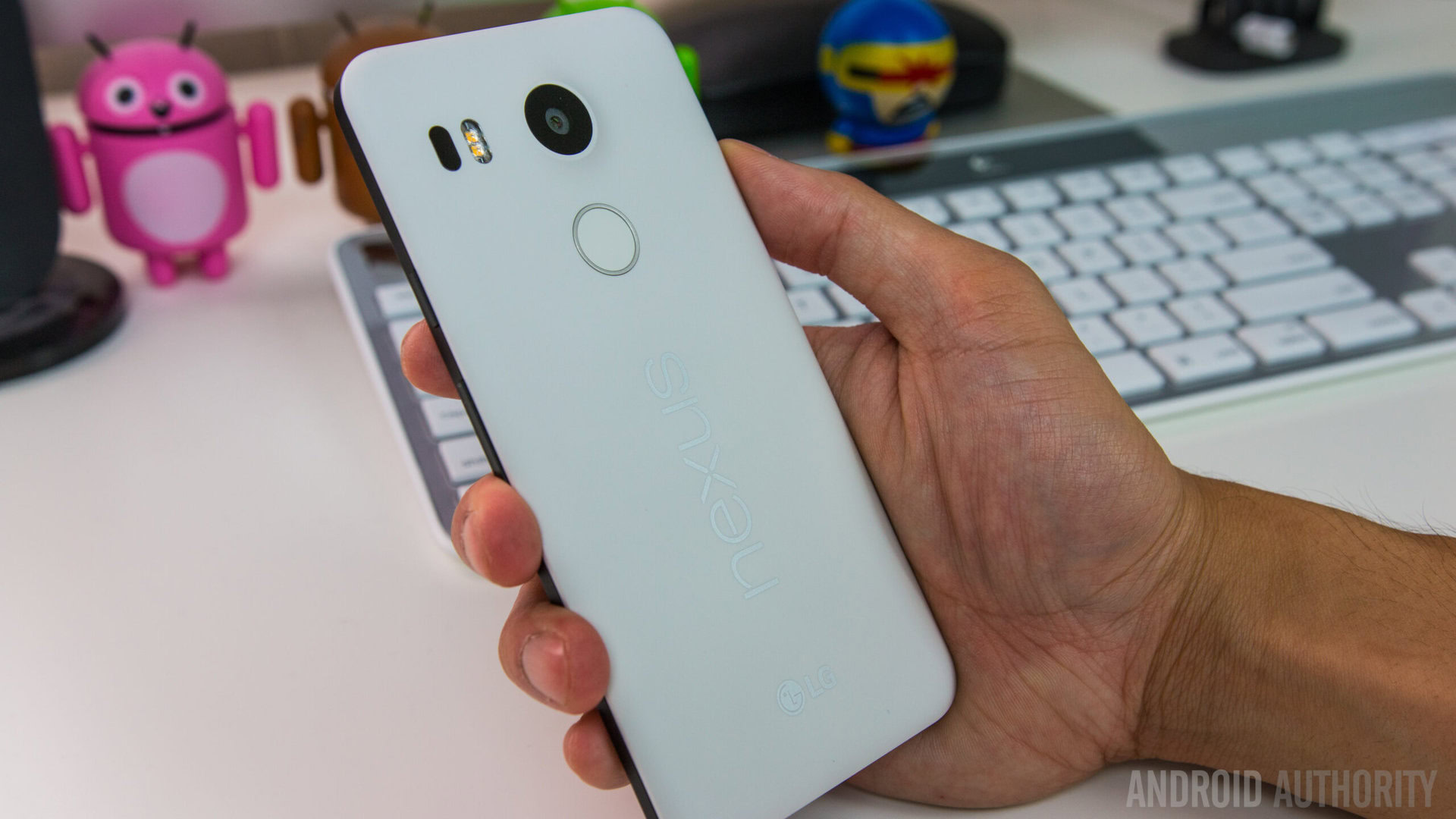
Component complaints
The points raised in the preceding paragraphs essentially snowball into a larger issue, namely the accusations, speculations, and rumors that Google deliberately and systematically stymied the specs of the smaller smartphone. The story supposedly goes that the Nexus 5X was originally meant to have 3GB of RAM, and possibly even a Snapdragon 810 SoC. The latter seems less likely given that LG itself used the 808 for its G4 hardware, but it seems reasonable enough to believe that 3GB of RAM would have been a valid component. In the end however, a decision was allegedly made to restrict it to 2 so that the 6P would have a stronger selling point.
Now to be fair, neither Google nor LG has ever gone on record to state there is any truth to these claims. Yet even so, it seems just downright illogical why any serious product would be released in September 2015 with just 2GB of RAM, especially when its retailing for $379 at a starting point and made of plastic.
From a performance perspective, this was immediately going to turn off a large segment of the Nexus community, and was in fact thus lower than the RAM which the Nexus 6 had, when it released an entire year before. In fact, not since 2013, when the original LG Nexus 5 released, has Google offered a Nexus smartphone with only 2GB of RAM.
Cut the cord
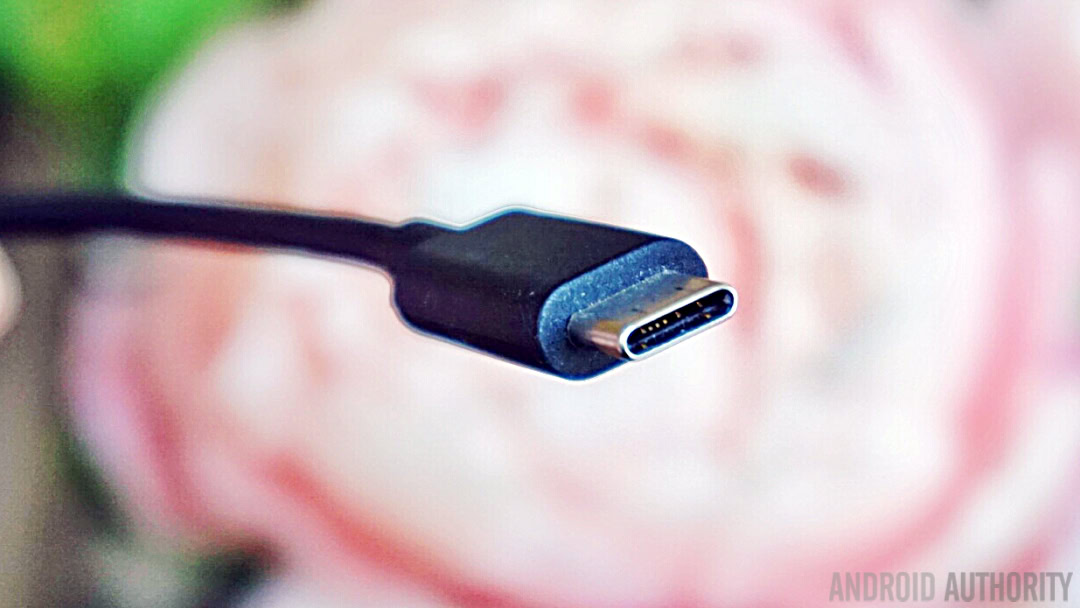
And yet the problem doesn’t end there. Whereas the Nexus 6P comes with a USB Type-C to USB Type-A cable, the Nexus 5X does not. Think about that for a second. Neither product has microSD support. At the time of release, there were very, very few PCs or even Macs with USB Type-C ports on them. Even now, in May of 2016, there are still not very many. How then, was a customer who purchased the Nexus 5X supposed to transfer their data off their computer to their phone?
At the very least, such an effort would require the additional purchase of a USB Type-C to Type-A cable. An extra purchase, which Google’s own Benson Leung has made it a personal mission to point out can also be a very risky one. So assume a customer found a legitimate cable that wasn’t going to fry their devices. How much would that cost? Now add it to the price of the Nexus 5X and suddenly that magic $70 price difference between it and the 6P becomes even less legitimate. It is almost unthinkable that Google could have the utter gall to force USB Type-C on the Nexus 5X – and therefor the consumer – and not even bother to include any way to connect the device to a standard computer.
It is almost unthinkable that Google could have the utter gall to mandate USB Type-C on the Nexus 5X and not even bother to include the means to connect the device to a standard USB Type-A port.
And yet, it’s funny that the Nexus 6P does include such a wire in the package. Standard. Now of course comments can be raised about overhead costs and supply issues and whatever else might be plausible, but again: it all boils down to the simple fact that there is no cord. End of story. The problem is only compounded when one considers that the included charger only supports USB Type-C, which means that anyone who purchased the Nexus 5X and refused to buy an adaptor has to carry around the included LG AC adapter everywhere they go.
Quite frankly, the situation is just shameful and it’s almost shocking that no one has yet called out Google for pulling this kind of practice. Sorry, but even $379 is a lot of money to spend on a device with a paltry 16GB of storage and no means to connect to a computer out of the box.
Performance issues
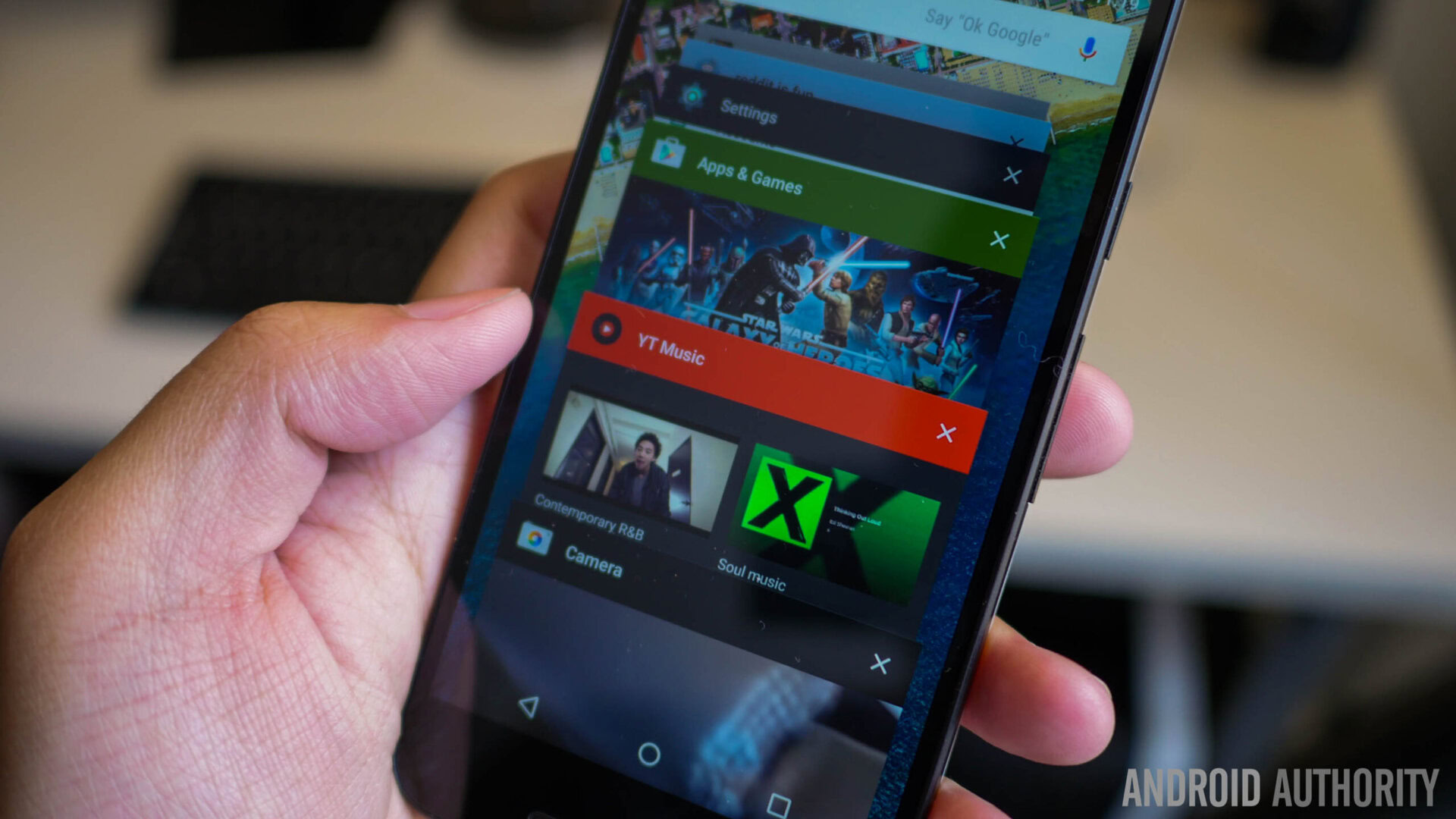
As if all these problems aren’t bad enough, the product itself has numerous issues just in daily use. Gotta Be Mobile did an excellent job collecting the issues in a post from last October:
A number of Nexus 5X buyers are complaining about a yellow screen issue. This image shows the problem in greater detail. This isn’t a problem with the software and instead appears to be a problem with the phone’s hardware and or the manufacturing process.Those with affected units have been in contact with Google and the company is evidently sending out replacement units.Unfortunately, it appears that some of the replacement units feature the yellowish hue. One user claims that he’s seen it on three versions of the Nexus 5X.
And if that is not bad enough:
Early Nexus 5X problems include various issues with Google Play Music, an assortment of problems with Exchange,problems with the Messenger application, issues with the device’s setup process, boot problems, lag, issues turning the phone on, charging problems, freezes and random reboots, crashes, touchscreen problems, and more.
We realize the majority of these problems regarding both hardware and software were first brought up around mid-to-late October of last year, but it’s unlikely all of the issues have been fixed. Google did push out a performance-improving update to the 5X back in March, though owners seem to be torn – many claim performance and lag issues are gone, while others say they’re still quite prevalent.
And to be fair, there are issues with hardware build and performance of seemingly every phone on the planet. Quality control for items with these kinds of shipment numbers will always yield more misses than were one dealing with a specially designed product made and designed for a single person’s individual use. One can just as easily look for Nexus 6P help posts and see numerous inquiries there as well, as they could the Samsung Galaxy S7, the LG G5, and many other products.
Still, the fact that there are so many issues related to the Nexus 5X on top of all the others mentioned above really don’t seem to work in the device’s favor.
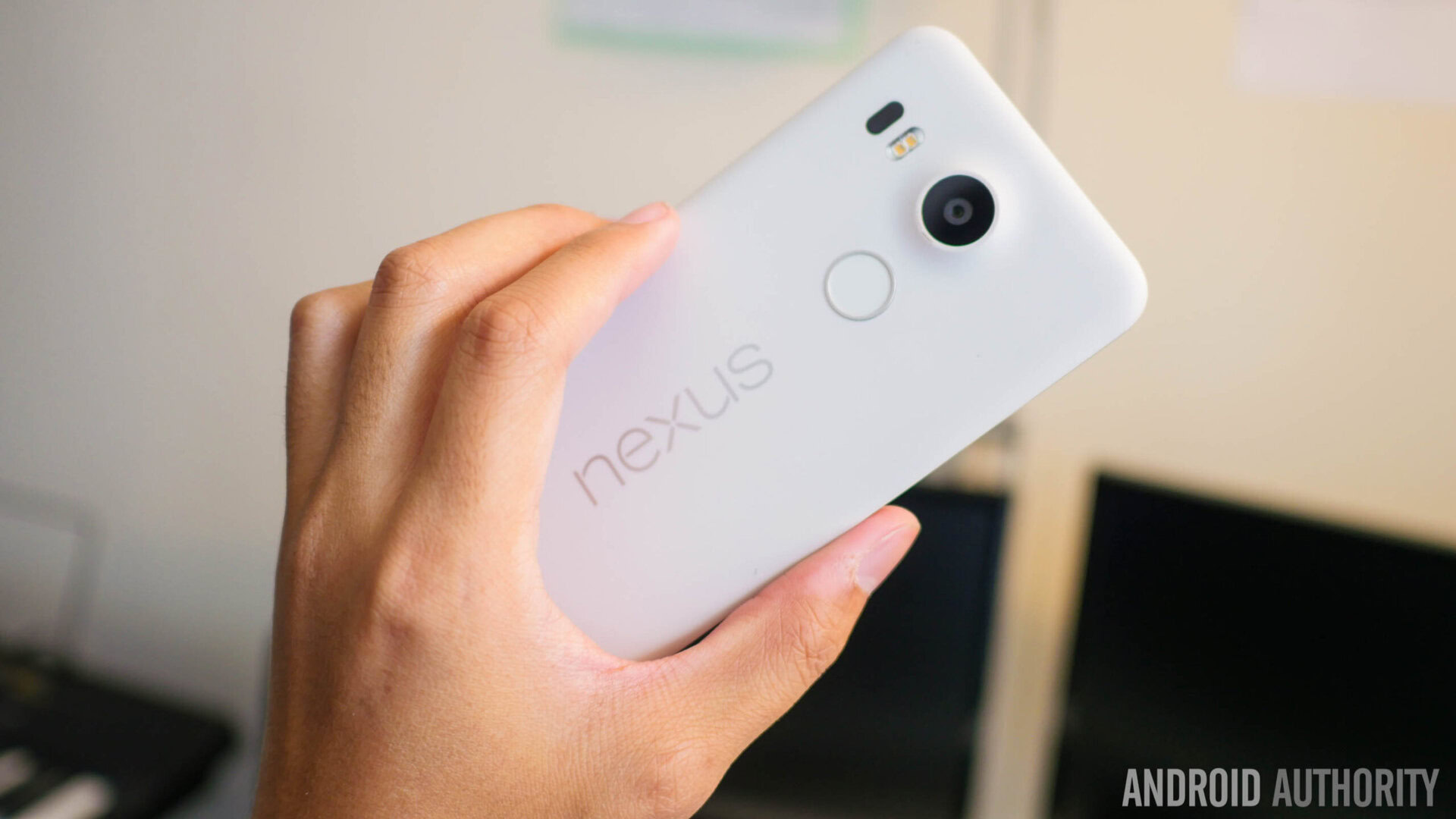
Could’ve, would’ve, should’ve
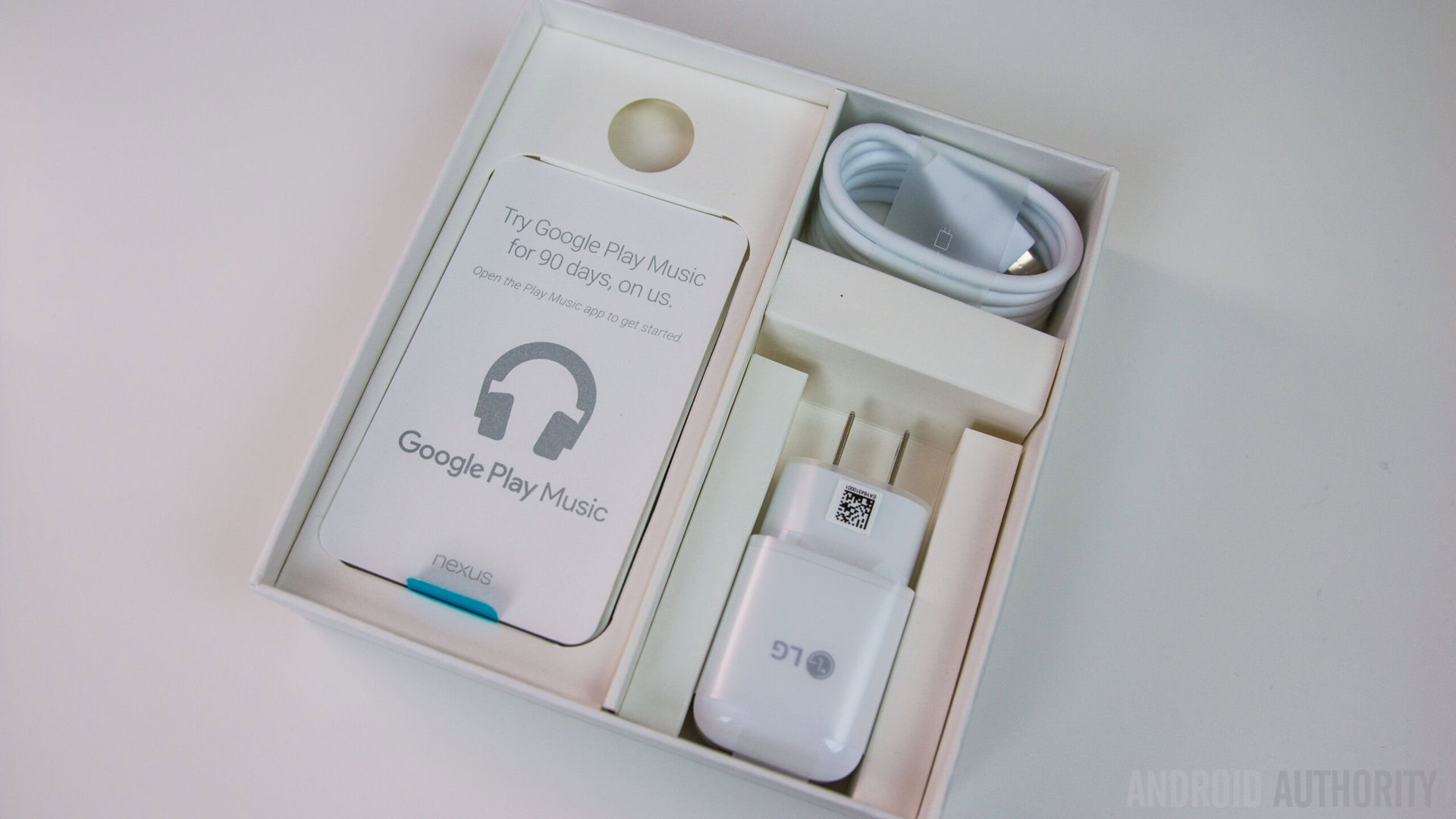
Let it be said that the Nexus 5X is not a bad device, not by any means. Android Authority, itself, gave it an Editor’s Choice Award, and even on a personal level, time spent with the device was enjoyable with none of the performance issues mentioned in the previous section being encountered. The phone itself is solid, well-designed, and a worthy follow-up to the LG Nexus 5 in seemingly every way possible.
Still, there are a lot of things Google could have done to make it more appealing. It could have easily bumped the RAM to 3GB, and it could have included a USB Type-C to Type-A cable in the box. It could have had a Snapdragon 810 SoC to make it more future-proof. It could have had a larger battery.
In a manner of speaking, Google could have – and arguably should have – included the exact same specs from the Nexus 6P in the Nexus 5X, with the sole differential being the plastic build, and smaller screen, which would thus explain a lower price point. Because what it did create is a product with significantly lower specs and is made of plastic. Why is it that Sony is the only company that seems to understand not all small products need to be small in the spec department?
Why not respect customers who didn't want to buy a larger phone by having extended that overlap more expansively?
Wrap Up
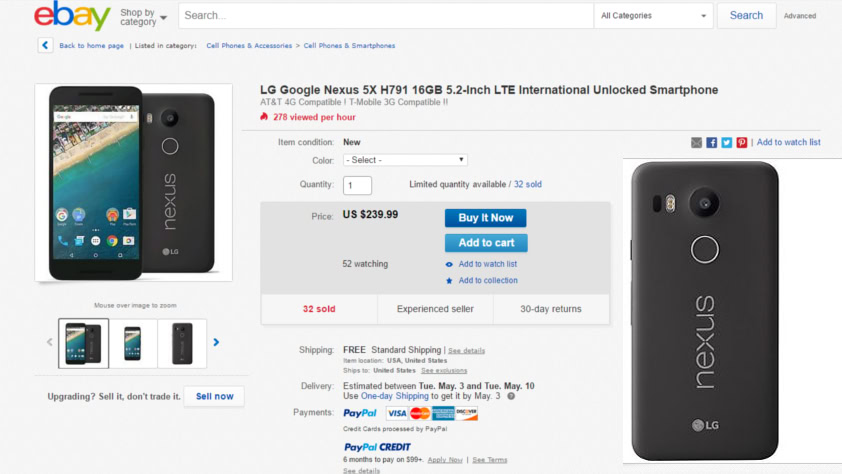
It seems almost ironic that Google would have priced the Nexus 6P so “low” as to make the Nexus 5X seem overpriced initially. Now that the LG made variant has seen deal after deal with the price ever decreasing, the product is arguably a much better value now than it ever was before. Given the number of sales for the 16GB variant, it doesn’t seem to have been that popular, at the very least.
Rumors suggest that HTC is going to be making this year’s Nexus offering, and that there will actually be a pair of products, just like in 2015. The question, then, is assuming this is true, will Google once again demand a lower-end option or will a some different decisions be derived from dedicated deliberations?